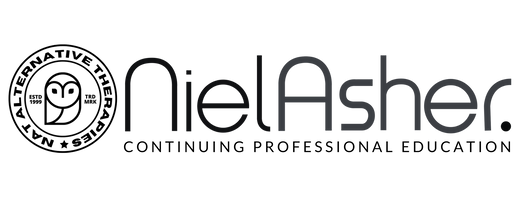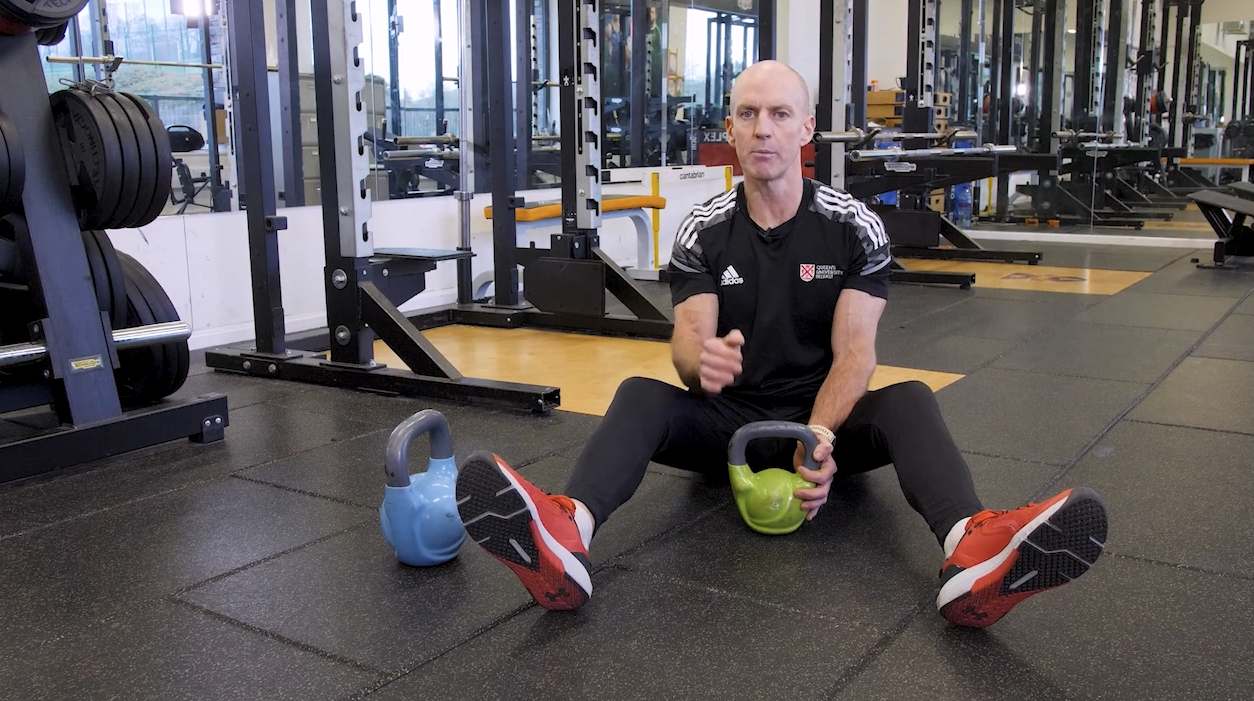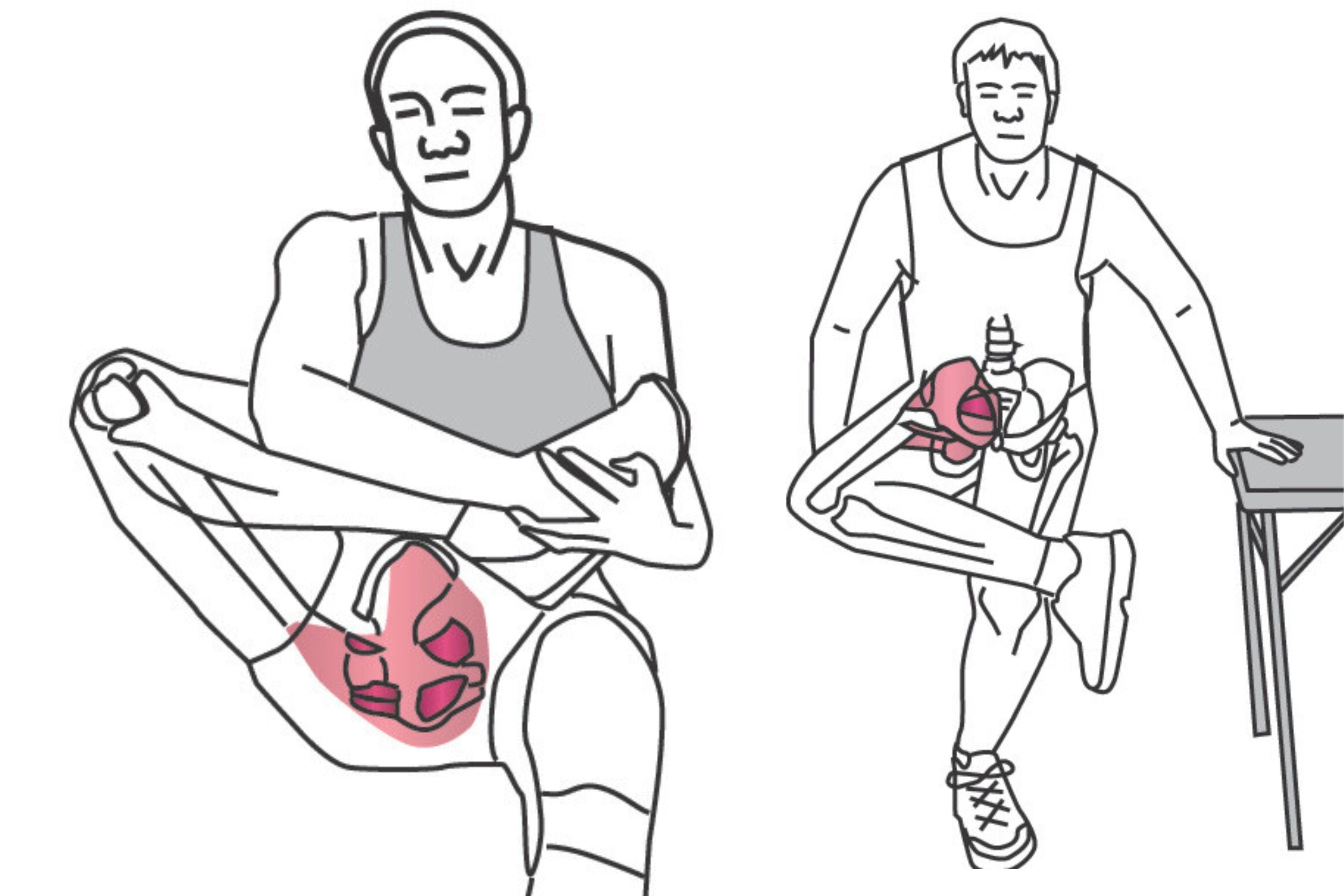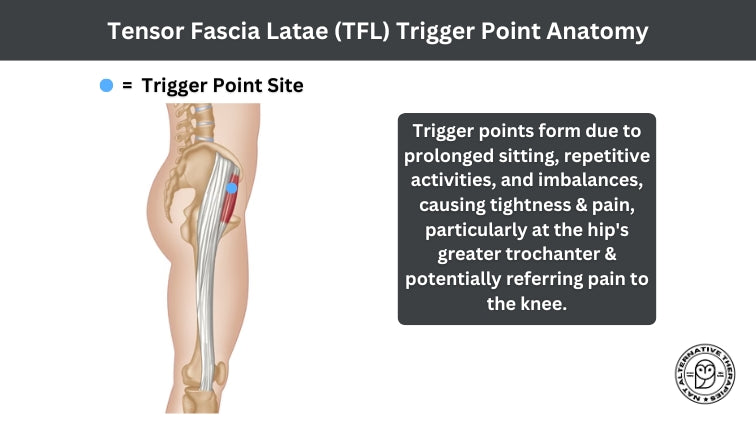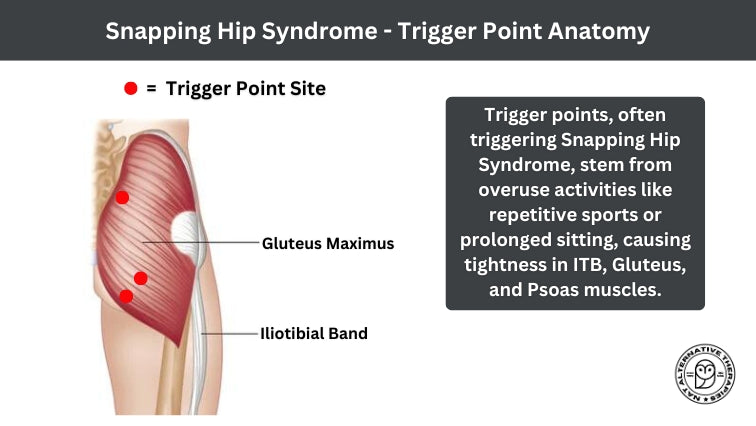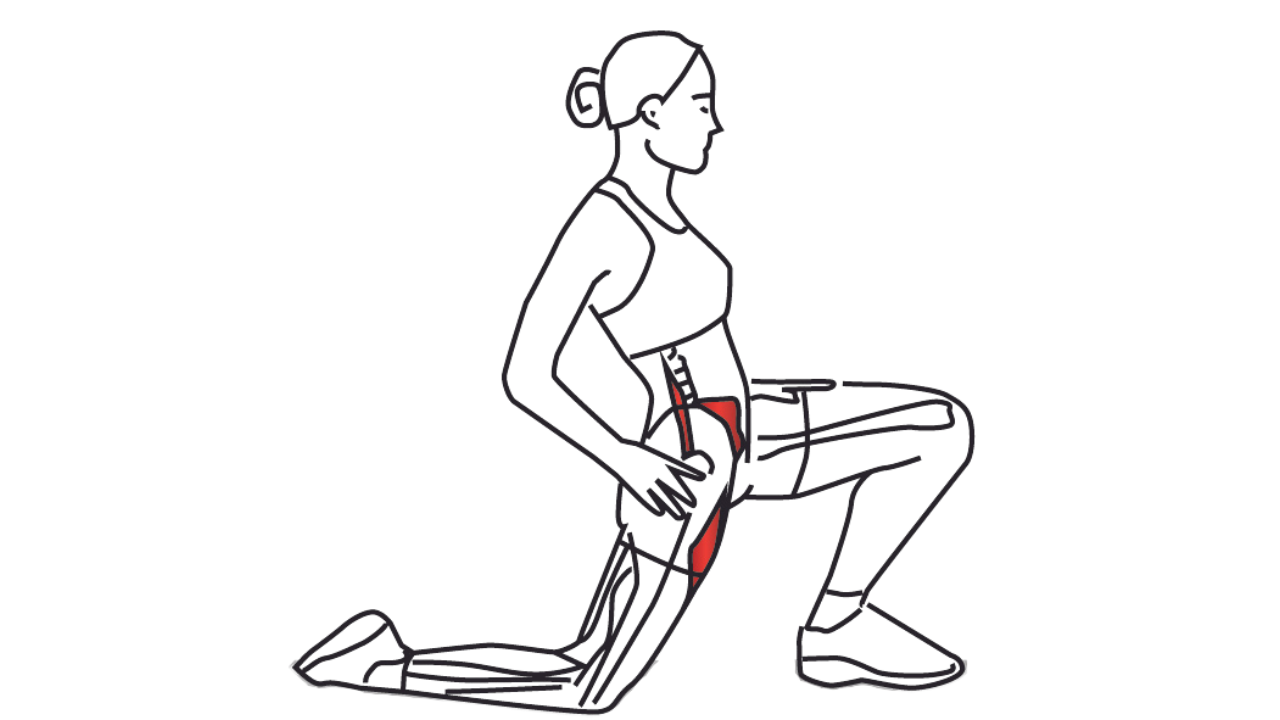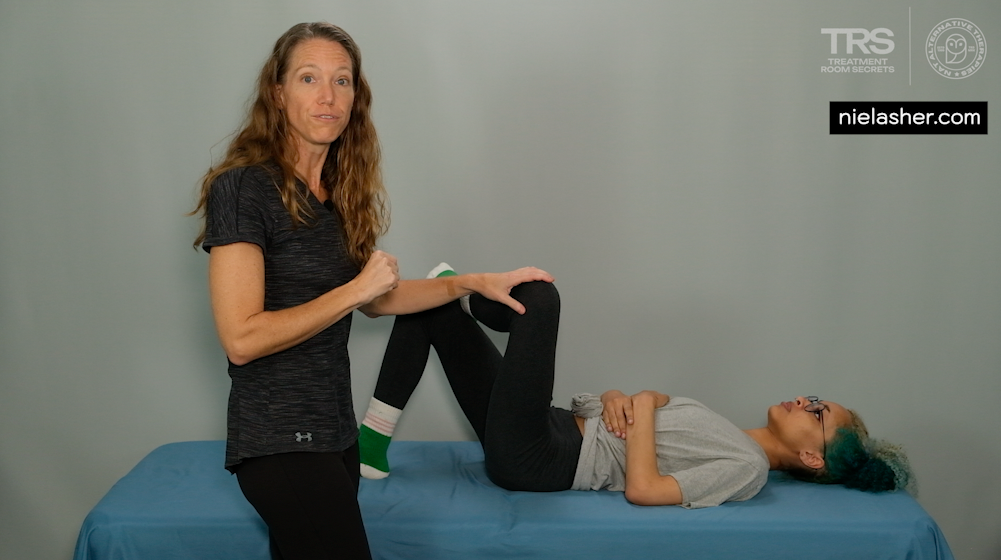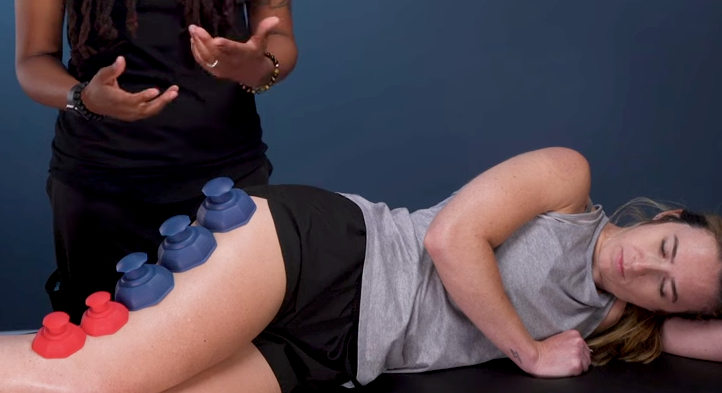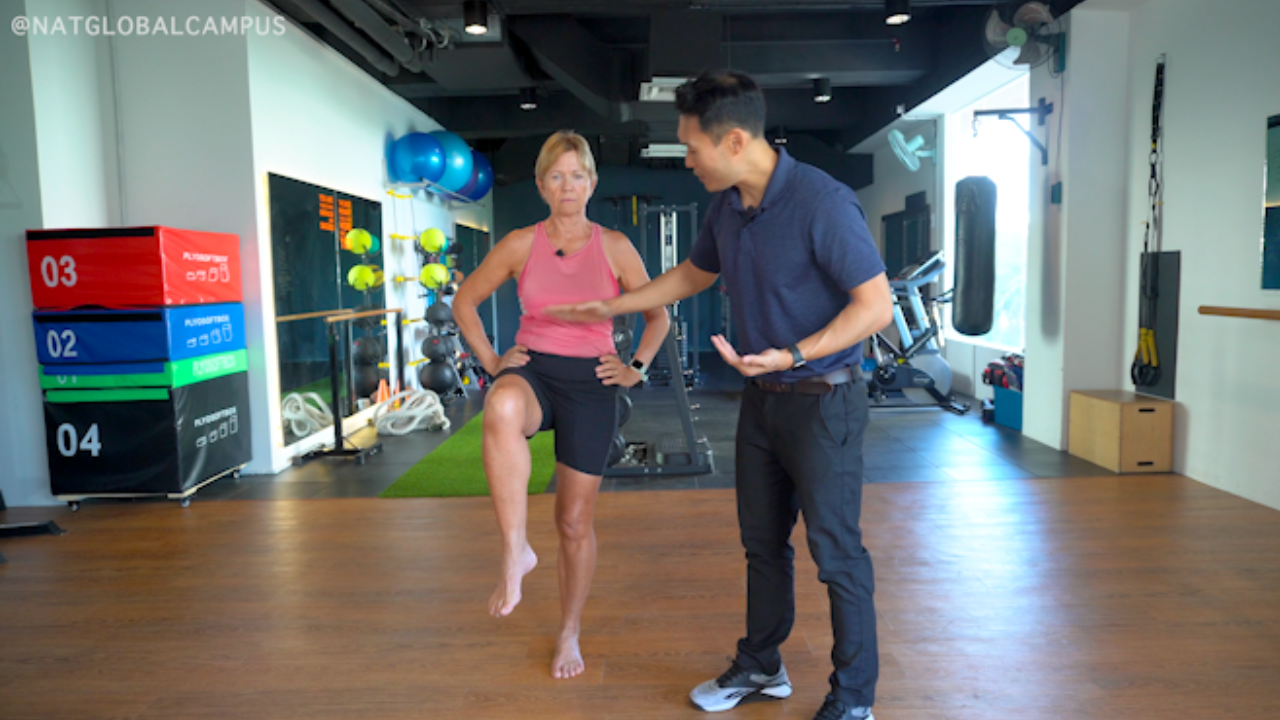💡Use the filter to search by topic
Filter
All
Abdomen
Abdominal Massage
Abdominal Muscle Strain
About Trigger Points
Achilles Tendinitis
achilles Tendinopathy
Achilles Tendon
ACL
Active Isolated Stretching
Acupuncture
Adductor Brevis
Adductor Longus
Adductor Magnus
Adductor Pollicis
Adductor Strain
Adductors
Adhesive Capsulitis
AINS
Alexander Technique
Alternative Therapy
Anatomy Trains
Ankle
Ankle Sprains
Arthritis
Athletic Trainer
Athletic Training
Autonomic Nervous System
Awards
Back
Back pain
Biceps Brachii
Biceps Femoris
Biomechanics
Bob McAtee
Bodywork Therapy
Bowen
Bowen Therapy
Brachialis
Brachioradialis
Breathing
Breathing Exercises
Bruxism
Bulging Disc
Calcific Tendonitis
Calf
Calf Cramp
Canine
Cannabis
Career Development
Carpal Tunnel Syndrome
CBD
CE Course
Cerebral Palsy
Cervical Spondylosis
Cervicogenic Dizziness
CEUs for Massage
Climber's Elbow
Clinical Assessment
Clinical Reasoning
Coccydynia
Coccyx
Cold Therapy
Constipation
Continued Education
continuing education
Continuing Education for Massage Therapists
Continuing Professional Education
Coracobrachialis
Core Muscles
Cranial Sacral Therapy
cranio-sacral Therapy
Craniosacral Therapy
CRPS
Cryotherapy
CST
Cubital Tunnel Syndrome
Cupping
Cycling
Dani Marks
Deep Foot Flexors
Deep Front Line
Deep Neck Flexors
Degenerative Disc Disease
Deltoid
Diabetes
Diaphragm
Digastricus
Dislocation of the Shoulder
Dizziness
Dogs
Doula
Dr Joi
Drop Wrist
Dry Needling
Dupuytren’s Contracture
Elbow
Epicranius Muscles
Epley Manouver
Equine
Equine Acupressure
Equine Massage
Erector Spinae
ethics
Evidence
Exercise Band
External Oblique
Eye
Eye Health
FAI
Feet
Fibromyalgia
Fibularis
Fire Cupping
Flexor Carpi Radialis
Foam Roller
Foot Drop
Foot Intrinsics
Foot Massage
Foot Pain
Football
Frontalis
Frozen Shoulder
Fusion Massage
Gastrocnemius
Glutes
Gluteus Maximus
Gluteus Medius
Gluteus Minimus
Gluteus Muscles
Golfer's Elbow
Gracilis
Groin
Groin Strain
Gua Sha
Habituation
Hamstring Muscles
Hamstring Strains
Hamstrings
Hand & Fingers
Hatha Yoga
Head and Neck
Head Massage
Headache
Headaches
Heart
Heat Therapy
Heel Pain
Herniated Disc
Hip
Hip and Thigh
Hip Exercises
Hip Extensors
Hip Flexors
Hip Pain
Hips
Horizontal Pulling
Horse
Horse Massage
Horse Stretching
Horses
Hypertonic Muscles
IASTM
Ice Therapy
Iliopsoas
Iliotibial band
Iliotibial Band Syndrome
Immunology
IMS
Infraspinatus
Intercostals
Intrinsic Foot Muscles
Irritable Bowel Syndrome
Ischemic Compression Technique
Isometric Exercise
ITB
ITBS
Jaw Pain
Joint Mobilization
Kinesio Taping
Knee
Knee Pain
Laser Therapy
Lateral Elbow Pain
Lateral Pterygoid
Latissimus Dorsi
latissumus
Leg
Leg Cramp
Levator Ani Syndrome
Levator Scapulae
Longus Capitis
Longus Colli
Low Back pain
Lumbar Back Pain
Lumbar Pain
Lymphatic Drainage
Lymphatic Flow
Lymphatic System
Manual Lymphatic Drainage
Marijuana
Massage
Massage Cupping
Massage Specialisation
Massage Therapist Appreciation Week
Massage Therapy
Massage Tutorial
Masseter
Medial Tibial Stress Syndrome
Median Nerve
Medical Acupuncture
Medical Marijuana
Medical Massage
MFR
Migraine
MLD
mtss
Multifidus
Muscle cramp
Muscle Energy Techniques
Muscular Dystrophy
Myofascial Release
NCBTMB CEUs
Neck
Neck Massage
Neck Pain
Neck Stiffness
Neck Stretch
Nerve Entrapment Syndromes
Nerve Flossing
Neural Dynamic Testing
Neuromuscular Techniques
Neuroplastic Trigger Point Hypothesis
Neuroplaticity
Neuroscience
Niel Asher Technique
Night Cramp
Nutrition
OA Thumb
Obliques
Occipitalis
Oncology Massage
Orbicularis Oculi
Osteopathy
Osteoporosis
Overuse and Overload Injuries
Palmaris Longus
Paradoxical Breathing
Patella
Patellar Ligament
Pectineus
Pectoralis Major
Pectoralis Minor
Pectoralis Muscles
Peloton
Pelvic Floor
Pelvic Pain
pelvis
Penn state
Peripheral Nerve Entrapments
Peroneal Muscles
Peroneal Tendonitis
Peroneals
PFPS
Pickleball
Pilates
Pilates Principles
Piriformis
Piriformis Syndrome
Pitcher's Elbow
Plantar Fascia
Plantar Fasciitis
Plantar flexion
Plantaris
Plantart Fasciitis
Podcast
Popliteus
Post Operative Rehab
Posterior Deltoid
Posture
Pregnancy
Pregnancy Massage
Prenatal
Prenatal Massage
Pressure Tools
Preventing Trigger Points
Professional Ethics
Prolapsed Disc
Pronator Teres
Psoas
Public Health
QL
Quadratus Femoris
Quadratus Lumborum
Quadriceps
Quads
Radial Nerve Palsy
Raynaud’s Syndrome
Rectus Abdominis
Rectus Femoris
Red Light Therapy
Rehabilitation
Resistance Training
Rhomboids
Rotator Cuff
Rotator Cuff Injuries
Rotator Cuff Muscles
Rotatores
RSD
Runner's Knee
Running
Running Injuries
Running Strategies
Sacroiliac Joint
Sacrum
Sartorius
Scalenes
Scalp
Scapula
Scarring
Sciatic Pain
Sciatica
SCM
SCM Muscle
Scraping
Self Help
self massage
Self-Care for Therapists
Semimembranosus
Semitendinosus
Serratus Anterior
Serratus Posterior Inferior
Serratus Posterior Superior
Shin
Shin Splints
Shoulder
Shoulder and Upper Arm
Shoulder Bursitis
Shoulder Exercises
Shoulder Health
Shoulder Impingement
Shoulder Pain
Sinus Drainage
Sinuses
Sinusitis
Sitting Pain
Skin Care
Slipped Disc
Slump Test
Snapping Hip Syndrome
Soccer
Soft Tissue Release
Soleus
Somatic Therapy
Special tests
Spinal Health
Spinning
Splenius Capitis
Splenius Cervicis
Spondylolisthesis
Sports Massage
Sports Massage Therapy
Spray & Stretch
Sternalis
Sternocleidomastoid
Strengthening
Stretch
Stretching
Subacromial Impingement
Suboccipitals
Subscapularis
Substance abuse
Super Trigger Points
Supinator
Supraspinatus
Taping
Tarsal Tunnel Syndrome
TCM
Tech Neck
Temporalis
Tennis Elbow
Tension Headache
Tensor Fasciae Latae (TFL)
Teres Major
Teres Minor
TFL
Thenar Eminence
Therapeutic Hair Pulling
Thomas Bowen
Thomas Test
Thoracic Mobility
Thoracic Outlet Syndrome
Thoracic Spine
Thoracic Spondylosis
Thoracolumbar
Thumb Pain
Tibialis Anterior
Tibialis Posterior
Tight Hips
TMJ
TMJD
Traditional Chinese Medicine
Transversus Abdominis
Trapezius
Trendelenburg Sign
Trendelenburg Test
Triceps
Triceps Brachii
Trigger Point Classification
Trigger Point Dry Needling
Trigger Point Evidence
Trigger Point Release
Trigger Point Therapy
Trigger Points
Trigger Points for Horses
Trochanteric Bursitis
Trunk and Spine
Upper Trapezius
Vacuum Cupping
Vagus Nerve
Vastus Intermedius
Vastus Lateralis
Vastus Medialis
Vertigo
Vestibular Exercises
Vestibular Rehabilitation
VRT
Whiplash
Winged Scapula
Women's Health
Wrist
Wrist Drop
Wrist Extensors
Wrist Flexors
Yoga
Yoga for Beginners
Yoga Instruction
Yoga Stretch
Hip Mobility Explained: Why Tight Hips Happen and How to Fix Them
In reality, hip mobility is trainable, adaptable, and hugely responsive to the right kind of work. That’s why this video tutorial with elite Strength & Conditioning Coach Mike McGurn is such a powerful tool. His routine blends traction, strengthening, dynamic flow, and tissue release—exactly what most bodies are missing.
November 20, 2025
Hip and Pelvic Release: The Power of Myofascial Therapy
Find Freedom in Your Hips: Myofascial Release for Pain Relief As a massage therapist, I've seen firsthand how tension and restrictions in the hip and pelvic region can create a...
February 21, 2025
Are You Suffering from Piriformis Trigger Points?
If you’ve ever felt an unexplained pain deep in your buttocks or a sharp, radiating ache down your leg, the culprit might be your piriformis muscle. Though small, this muscle...
November 23, 2024
Hip Extensors: Spotlight on Quadratus Femoris and Trigger Points
Understanding the Hip Extensors and Their Importance As a manual therapist and athletic trainer, I’ve worked with countless clients dealing with hip pain, restricted mobility, or unexplained aches. Often, these...
November 15, 2024
Unlocking Hip Mobility | Soft Tissue Therapy for TFL Restrictions
The tensor fasciae latae (TFL) muscle plays a crucial role as it provides stability through the knee and pelvis TFL trigger points are associated with a wide range of...
July 02, 2024
Trigger Point Therapy - Snapping Hip Syndrome
Snapping Hip Syndrome - Releasing Trigger Points in Gluteus Maximus Snapping hip syndrome is a condition where a snapping or popping sensation is felt in the hip with...
June 28, 2024
The Hip Flexor Muscles: Anatomy, Function, and Importance of Stretching
The hip flexor muscles are a group of muscles located in the front of the hip that play a crucial role in movement and stability. These muscles are primarily responsible...
May 17, 2024
Benefits of Stretching for Sciatica and Piriformis Syndrome
Sciatic Pain - Dr. Elizabeth Wagner DPT demonstrates stretching exercises for the Piriformis and Gluteal muscles A number of studies have shown the benefits of manual therapy and stretching for...
January 30, 2024
Piriformis Syndrome | Trigger Point Therapy
Piriformis syndrome is a result of impingement of the sciatic nerve by the piriformis muscle Incorrect form or improper gait often leads to tightness and inflexibility in piriformis. The...
January 15, 2024
Iliotibial Band (ITB) | Tensor Fasciae Latae (TFL) | Hip Restrictions
TFL Trigger Points - Pain can refer midway down the lateral thigh and will often radiate to the knee The tensor fasciae latae (TFL) is a vitally important structure in providing...
September 20, 2023
Trendelenburg Test - Assessing Hip Function and Balance
Introduction Within the realm of diagnostic medicine, numerous specialized tools and techniques are implemented to detect and analyze a wide array of health conditions. One such tool that has...
July 04, 2023
How to Locate, Test and Stretch the Psaos Muscle
About the Psoas Muscle The psoas muscle, also known as the iliopsoas muscle, is a deep-seated muscle located in the lower part of the torso, stretching from the lumbar spine...
March 13, 2023
Invalid Password
